incl. VAT plus shipping costs
Immediate delivery, express possible ![]()
More than 20 Articles in stock
Delivery only innh. Germany and Austria possible.
Switch to the German store
- Item no: 7042
Fast delivery times
All products are in stock with us!14 years of breeding experience
Let our team of experts advise you!High customer satisfaction
from over 3,000 reviews "| Origin: | Asia |
| Diet: | omnivorous - omnivorous |
| Temperature: | 20-25 °C |
| with fish?: | Yes, with peaceful fish |
| Fish group: | Spikefish |
| with shrimps?: | with shrimps > 6 cm |
| Aquarium size: | 100 l (approx. 80cm) |
| Water values: | Hard water |
| Breeding: | medium |
| Visual effect: | Especially colorful |
| Pelvic region: | Center |
| Planting possible?: | Yes |
| with snails/shells?: | Yes |
| Difficulty: | 1 - Simple |
| Feature: | dynamic group behavior |
| Behavior: | Normal |
| with large crabs?: | No |
| with dwarf crabs?: | No |
| Final size: | 8-12 cm |
| with crabs?: | No |
The blue rainbowfish, Melanotaenia lacustris , originally endemic to Lake Kutubu and the Soro River in Papua New Guinea, has been established in aquaristics since the 1960s and has lost none of its fascination since then. Lake Kutubu, with a water depth of 70 meters, has crystal clear and very alkaline water in which the fish colonize the upper water zone. Depending on the water and environmental parameters in which it is maintained, it exhibits different shades of color that can range from light blue to cobalt and steel blue even aquamarine and turquoise, which is why it is also called aquamarine rainbowfish. This group fish is a peaceful aquarium resident that is suitable for beginners and can be socialized with other peaceful fish.
The blue rainbowfish is high-backed and most intensely colored in the upper dorsal region. The flanks and underside of the belly are silver to white, with the posterior portion fading to a turquoise silver. Ventral, anal, and dorsal fins are turquoise blue, the caudal fin is more dark to cobalt blue, and the pectoral fins of these otherwise colorful comrades are colorless. Starting at the base of the tail, it has a dark blue longitudinal band that is lost at the level of half the dorsal fin and is interrupted by a golden yellow blob of color. Its terminal mouth is very pointed and small, with thickened lips. Proportionally, the Blue Rainbowfish has relatively large eyes. In the aquarium, it is a jovial and well-behaved contemporary that values companionship with its peers and usually does not bother its neighboring fish.
Males and females can be distinguished visually quite easily. The males are much more high-backed, longer and have more intense colors in the upper back. They grow to about 10-11 cm long and up to 5 cm high. Rainbowfish grow very slowly and are not fully grown until they are about 1.5 years old. To get them in the mood to spawn, generous water changes with several servings of live and frozen food daily at a temperature of 26 °C are usually sufficient. The blue rainbowfish belongs to the permanent spawners, which should be transferred to a rearing aquarium with fine-feathered plants or a spawning substrate, such as java moss, for targeted breeding. Males ready to spawn show a particularly intense coloration. Between plants or moss, male and female stand side by side and release the spawn while trembling. This can take place over several days. After spawning, they should be moved again so they do not eat the eggs. As with other rainbowfish species, the few eggs, which are about 1-2 mm in size, have an adhesive filament that attaches to the spawning substrate when they come in contact with it. The fairly large juveniles hatch between 6-14 days depending on environmental parameters and are quite well developed. They can be fed with live Artemia nauplii, but also microworms, slipper lizards and dust food. To prevent fungus and bacterial infections, the rearing aquarium should be subject to meticulous water hygiene with salt additions.
Since the Rainbowfish originates from a fairly alkaline environment, its aquarium should have a pH of 8.5-9.0 and good aeration. Occasional additions of table salt contribute to its well-being and act prophylactically against fungal infections and other stress diseases, such as Ichthyo parasites. The water temperature should not exceed 26 °C permanently, as the Rainbowfish is somewhat more susceptible to stress and may develop ulcers under certain circumstances. Therefore, by-fish should not be too hectic comrades that permanently annoy the Rainbowfish.
As a surface dweller that likes to swim leisurely lanes, the aquarium may be stocked with robust aquatic plants and mosses in the rear and side areas and offer enough free swimming space. Floating plants also contribute to its well-being, as they dim the light somewhat and give the animals a place to retreat. This group fish is best maintained with excess females in a group of at least 6 in a 100 liter aquarium. Regular feeding of live and frozen foods will increase the colorfulness of these steel blue diamonds.
Blue Rainbowfish can be socialized with other spikefish and peaceful not too hectic fish, as well as catfish. Socialization with dwarf shrimp and crayfish is not recommended, more suitable would be fan shrimp and snails.
Rainbowfish are omnivores, so they should be fed a varied diet. Regular feeding of live and frozen foods such as cyclops, artemia, daphnia and mosquito larvae can significantly increase their color intensity. They can usually also be adapted to dry food in the form of granules, flakes and powder.
Our feed recommendation: The NatureHolic Main Feed is a soft granulate that has a similar consistency to small crustaceans and insect larvae. The soft consistency of the granules protects the delicate fish mouth from micro-injuries that can result from hard feed granules.
Our plant recommendation: For planting, use NatureHolic InVitros. These are free of snails, planaria and other unwanted co-inhabitants. Also free of algae spores, bacteria and fungi.
Expert Tip: We recommend for fish keeping the NatureHolic 3 Phase Liquid. The care set offers the best all-round protection for your animals. It ensures optimal conditions for successful breeding and keeping.
| Scientific name: | Melanotaenia lacustris |
| German Name: | Blue rainbowfish, aquamarine rainbowfish, Kutubu rainbowfish, turquoise rainbowfish, English Lake Kutubu Rainbowfish |
| Difficulty level: | for beginners |
| Origin/Distribution: | Papua New Guinea, Lake Kutubu |
| Coloration: | high-backed with intense blue tones in upper back and fins, pointed, terminal mouth, large eyes |
| Age expectancy | 6-8 years |
| Water parameters: | GH 2-20, KH 10-15, pH 8.5-9.0, temperature 20-26 °C |
| Tank size: | from 100 l |
| Food | Omnivorous, live and frozen food, but also dry food |
| Breeding | medium |
| Behavior | very peaceful |
| Group size | at least 6 animals |
| Further information | Ten typical aquarium fish for beginners and alternatives to them, Tips for acclimating fish to the aquarium, Feeding aquarium fish properly - cheap food and what it can do |
- Item no: 7042
- EAN No.: 7427061496024
Entdecke die Garnelio Welt!
Garnelio gehört zu den größten Onlineshops für wirbellose Aquarientiere weltweit.
Viele Artikel gibt es exklusiv nur bei uns im Shop.

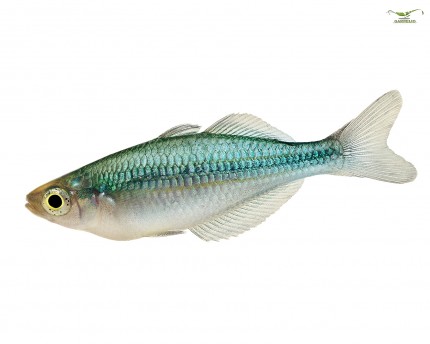

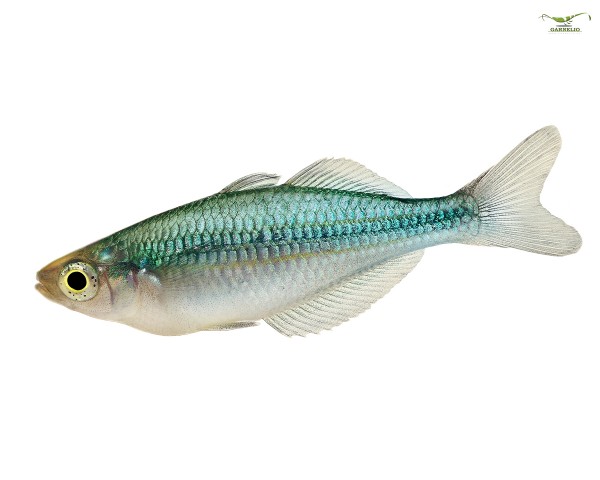

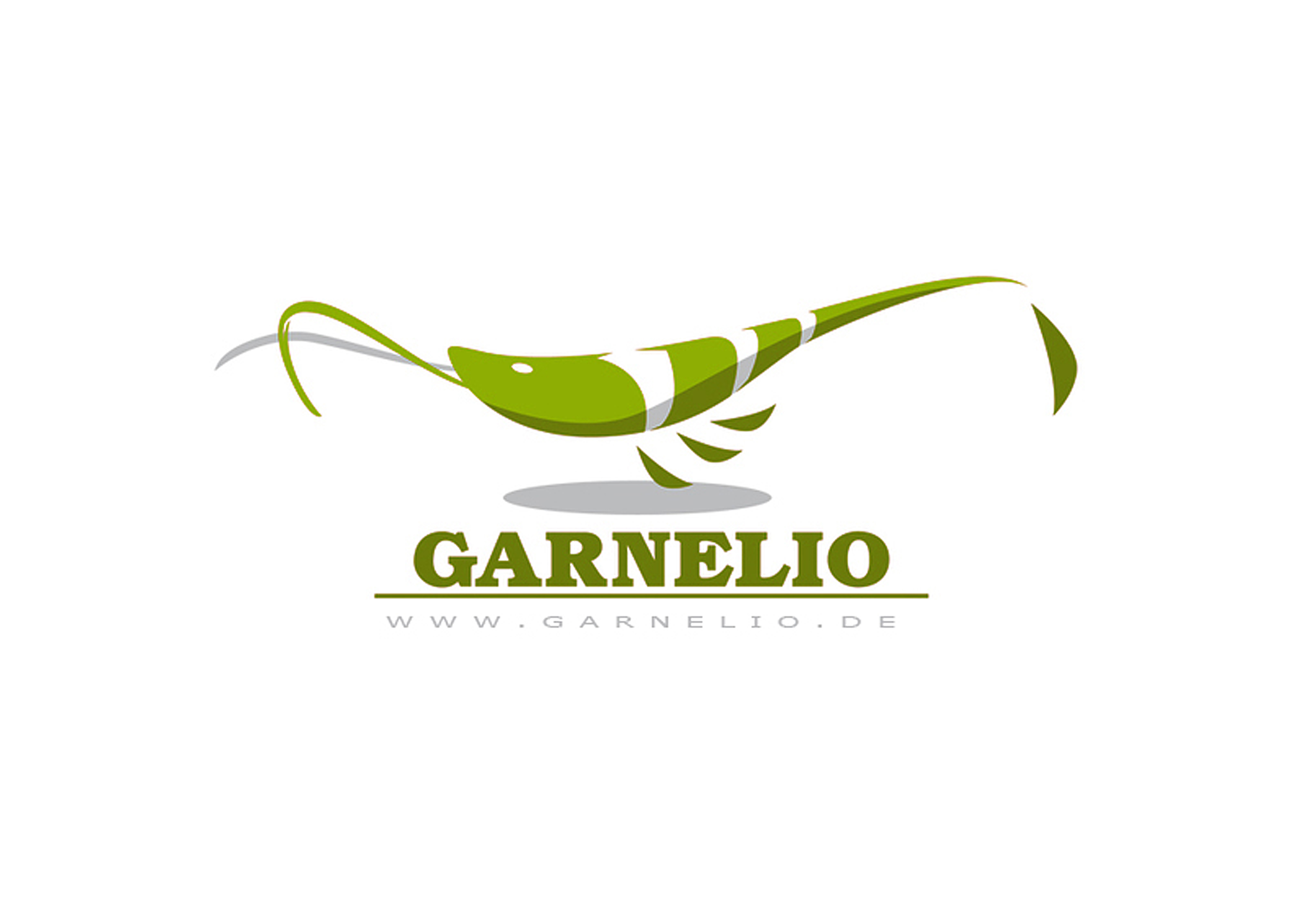
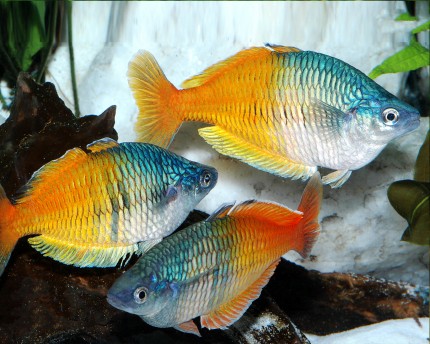
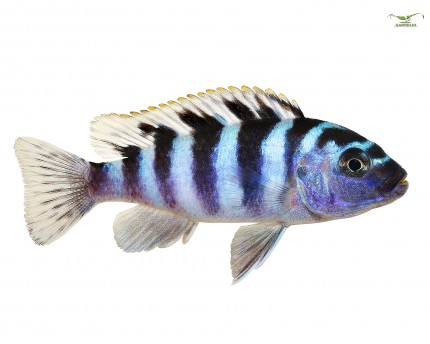

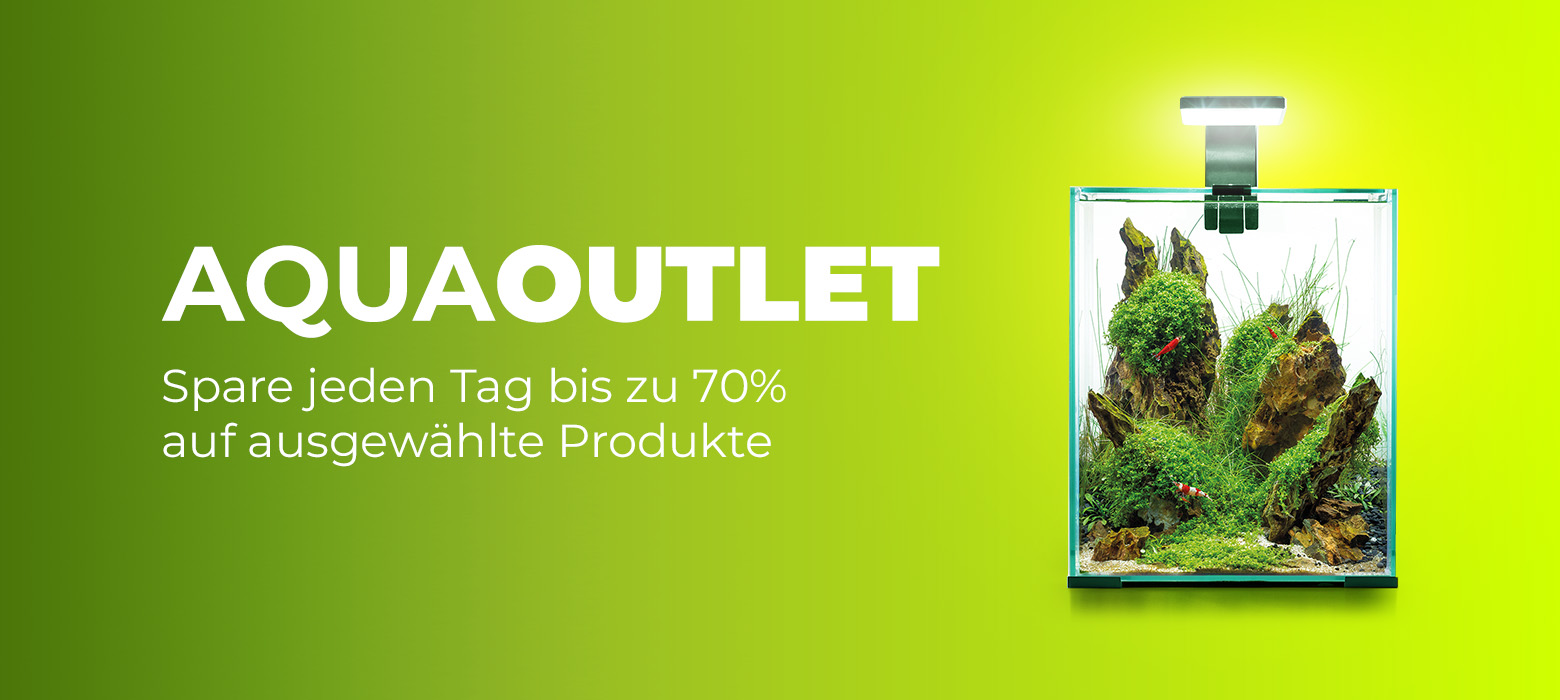
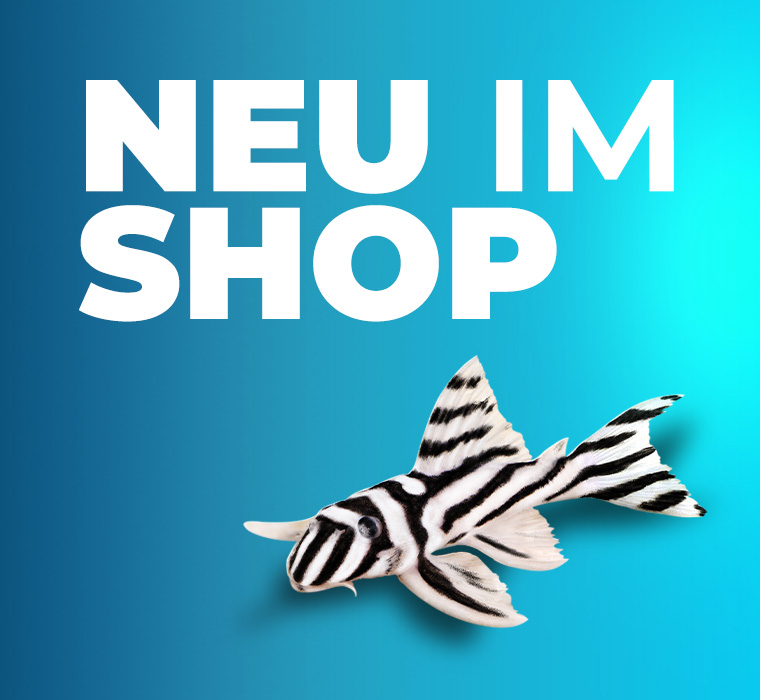
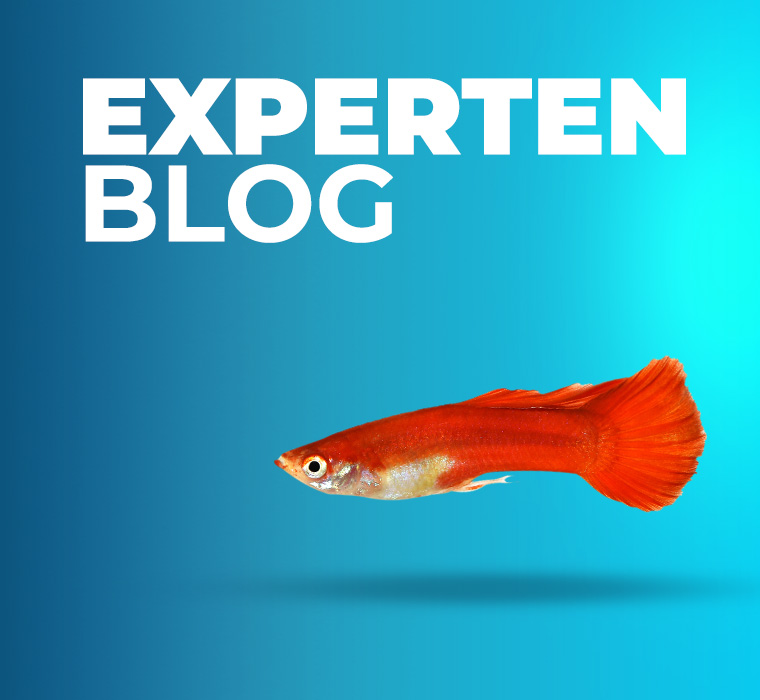

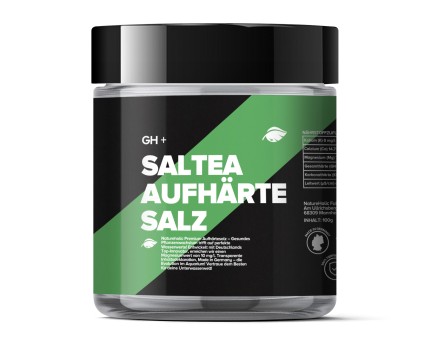
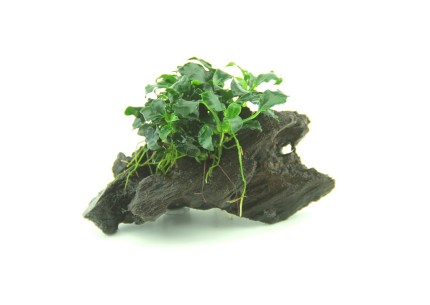
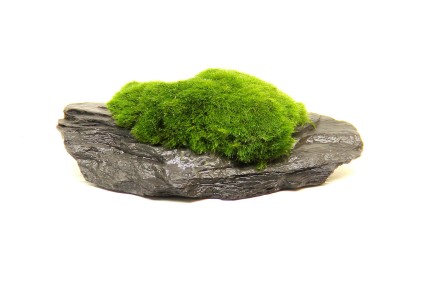

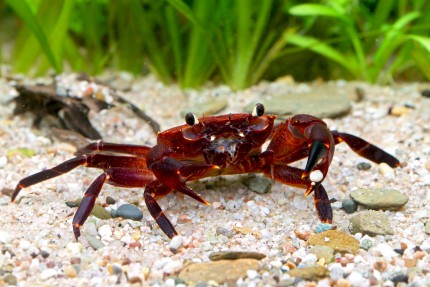
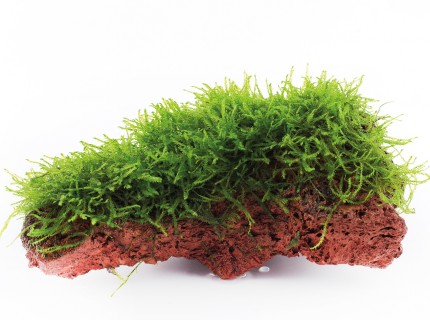
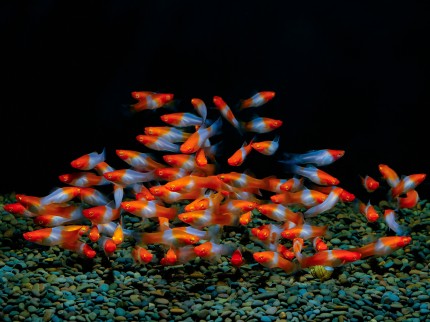
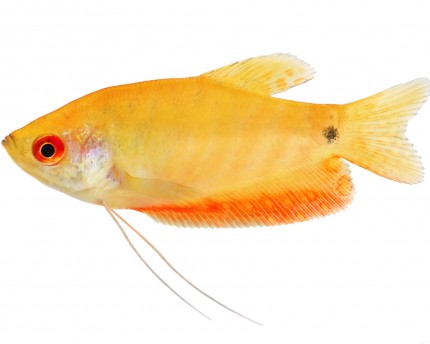
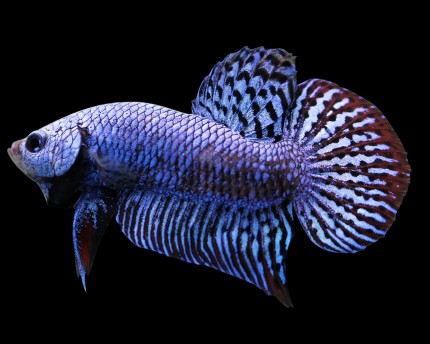
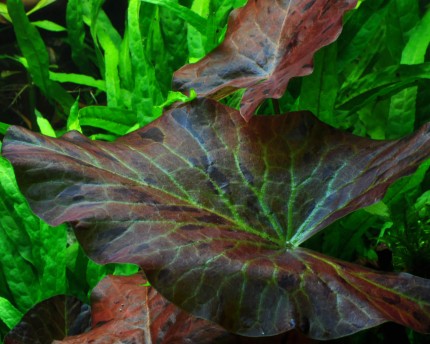
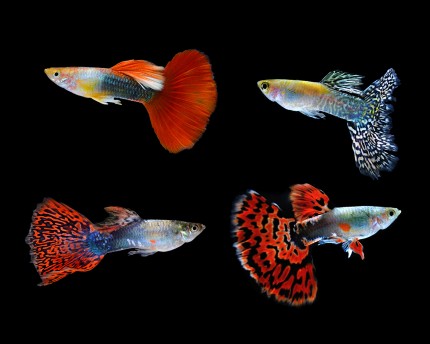
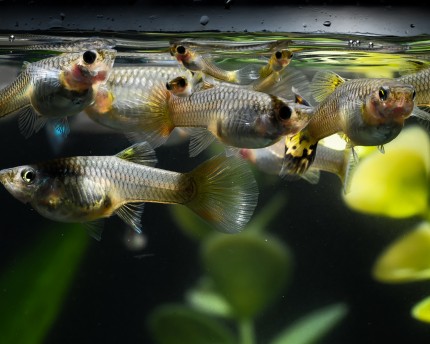
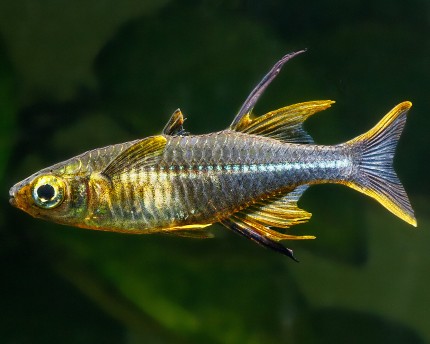
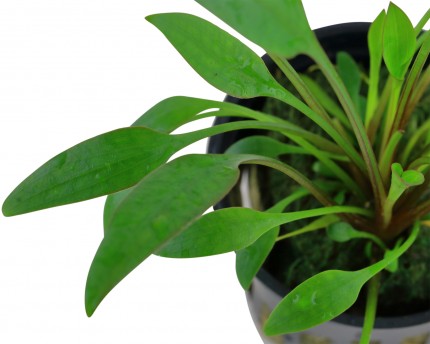
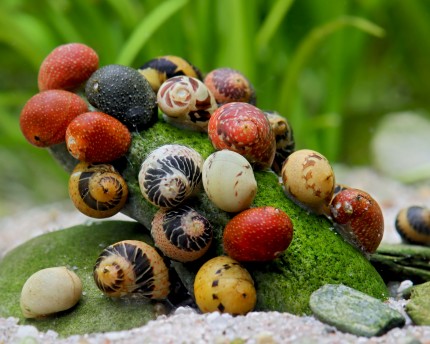
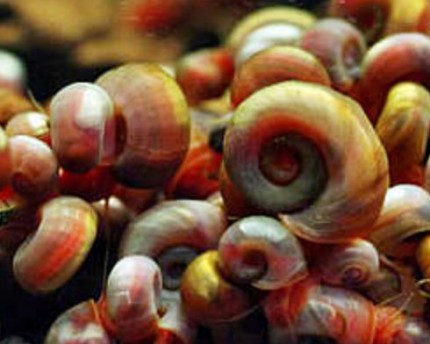
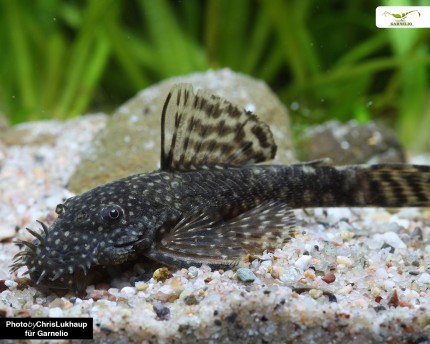
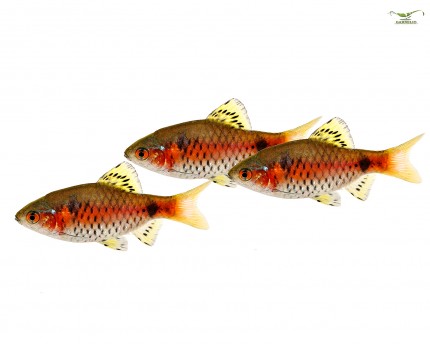
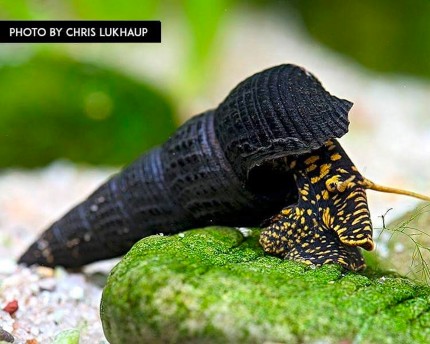
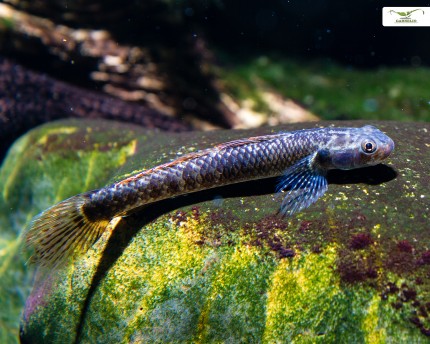
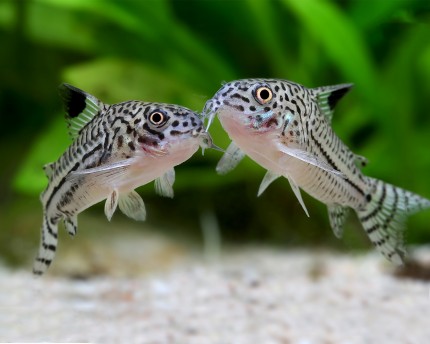
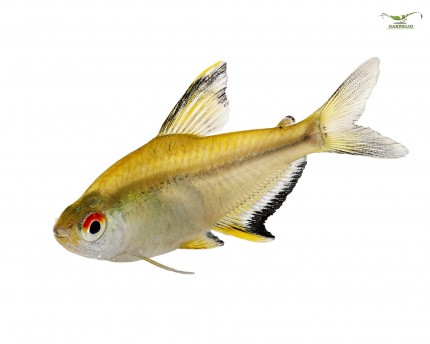
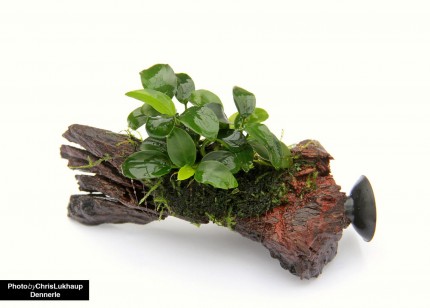
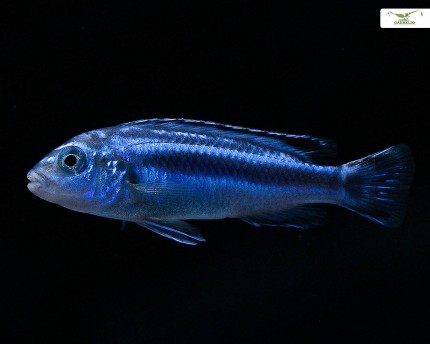
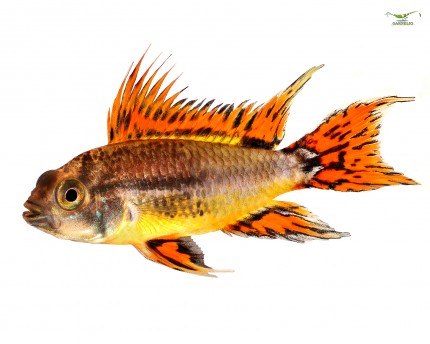
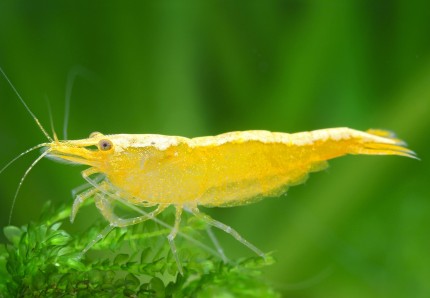
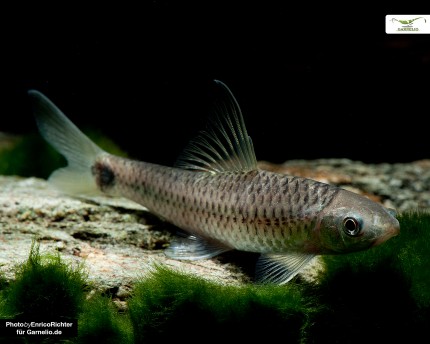
The fields marked with * are required.
I have taken note of the privacy policy.